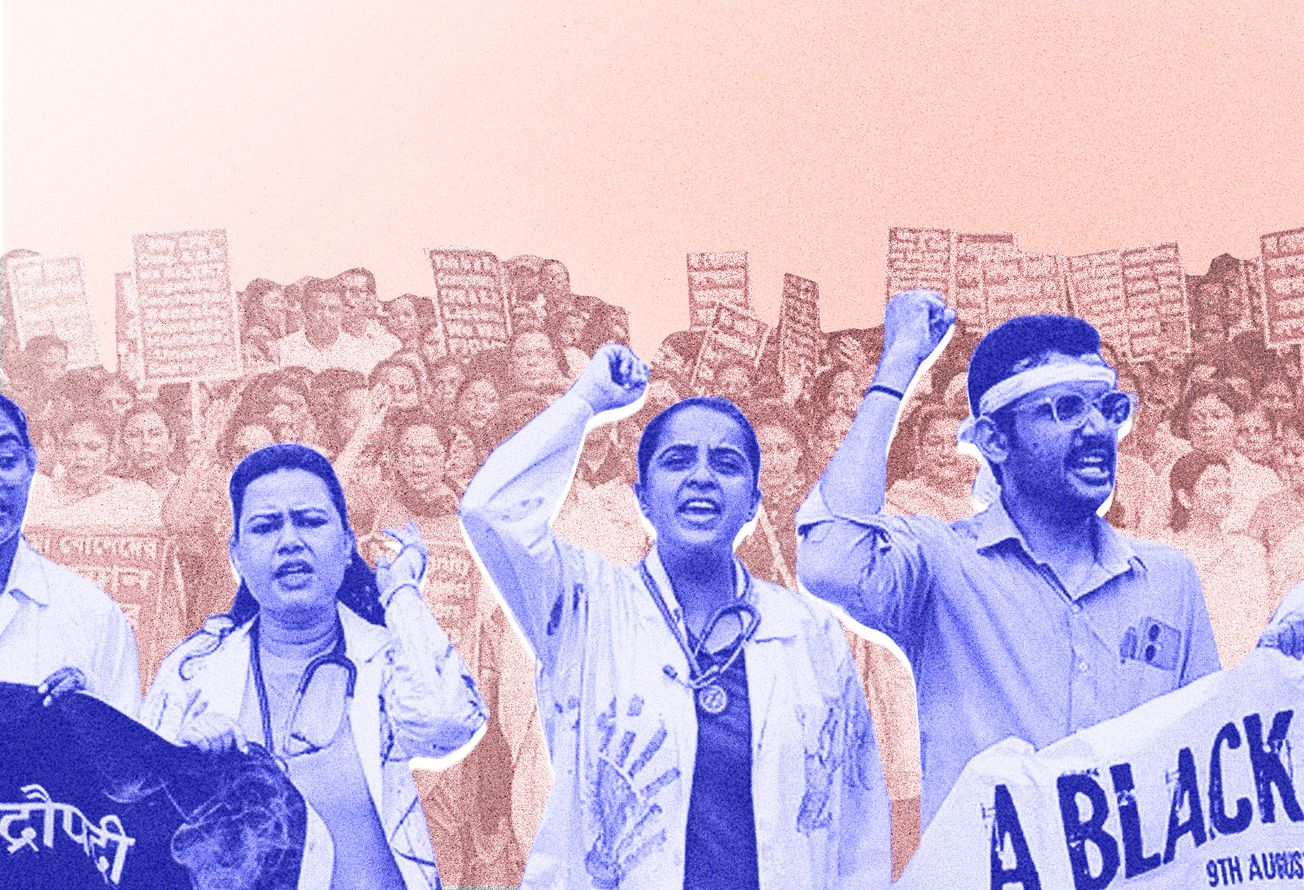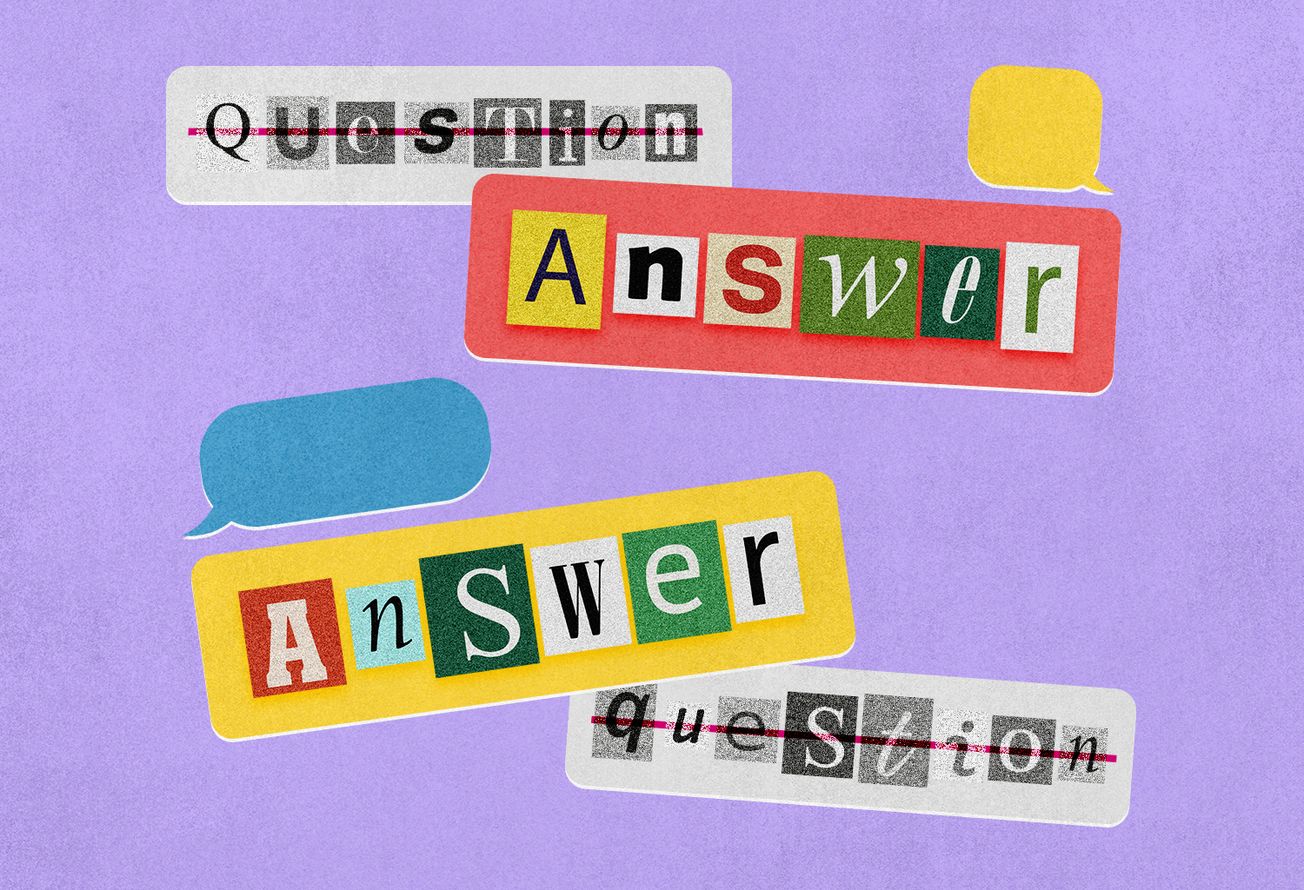Each year International Women’s Day intensifies the competition for the best virtue signaling in advertising. Brands now seem to know better than to just offer special discounts for women. What they are going after are charged emotions and attempts to come across as breaking stereotypes. Yet these sentimental, feel-good ads often shield a layer of an insidious re-branding of feminism, a new off-shoot titled popular feminism by Sarah Banet-Weiser. Both de-politicised and corporatised, they are a far cry from feminist reckonings that push for an intersectional understanding of resistance. Popular Feminism frames the movement as an individual project that hinges on self-transformation rather than structural transformation. Beneath their feminist facades, these ads are conveniently capitalism friendly and patriarchal.
Here’s a breakdown of five such ad campaigns from the past few years.
- We Can Face Anything – Olay, 2019
We’re introduced to five successful Indian women–Masaba Gupta, Priyanka Kochhar, Kubbra Sait, Payal Soni and Lilly Singh. Their dresses are chic, their hair perfect; they look straight at the camera to assert that you can face anything—as long as you have the “courage to follow your heart” and can “smile at what you see in the mirror”. The standard neoliberal message for feminists—be rich, be bold, and look good.
Good lord did I skip the memo. Who knew a mere smile was capable of instantly erasing rape culture? With just passion and confidence, we could wish away job discrimination and toxic beauty standards? On a more serious note, promoting confidence wouldn’t be problematic if systemic injustices didn’t deprive women of confidence in the first place. Like most things, confidence becomes a commodity–something that can be sold and bought in a market. This confidence can be achieved by looking good, since a woman`s power is closely intertwined with her physicality. Come buy Olay beauty products if you are a woman who can face anything.
2. #ChallengeChampionChange by Amazon India, 2021
Ah yes, Amazon. One of the world’s most ruthless employers, capitalist to the hilt, rolled out an empowerment campaign. The video presents a montage of women entrepreneurs and CEOs working happily—gluing boxes shut, commanding workers in the assembly line. A voiceover pipes in:
Khudh pe karein yakeen, toh aurat sab kar sakti hai (A woman can do anything, if she believes in herself)
Apne khabho ka haath tham ke, woh bhi champion ban sakti hai (By achieving her dreams, she too can become a champion)
While lauding the stories of these women entrepreneurs, the narrative lays emphasis on confidence and perseverance as the secret to success. Implicit in this suggestion: lack of ambition is keeping women away from leading businesses; it’s their own fault, their own lack of initiative. There is, obviously, no room to tell the whole truth—it’s the more insurmountable challenges such as virulent sexist discrimination and the unequal division of labour that keep women away.
3. Celebrating superheroes called Women by HDFC, 2019
Cue a board meeting: two women and a man are discussing possible ideas for a women’s day campaign (brownie points for ensuring the boss is a woman). The theme is quickly settled on: the plight of the working women. The male employee suggests talking about the number of women who drop out of high pressure jobs because they’re married or have kids. How much pressure can one woman bear with work, commute, household and kids to handle. Just as I find myself nodding along, the man suggests women take a break and stay home until things settle. The two women look aghast. How dare he? The boss, clearly disagrees and to prove her point whips out a child’s drawing: her daughter has drawn stick figures holding hands, titled “My Mom Is My Superhero”. Why must we deem a woman a superhero for braving ordeals that shouldn’t exist at all?
The ad ends up arguing for women to re-join the workforce after childbirth—that’s great. But of course, it makes no mention of what is really needed—fathers sharing the burden of care or longer paid maternity and paternal leave. To mention the patriarchal nature of corporate work itself would be too much to ask of an ad. But what’s disappointing is that ads are still priming women to be superheroes. If only they work hard enough, they can have it all. And if they don’t, then they’re just not good enough.
4. #BruisesCanBeGood by Reebok India, 2018
A group of people is brought into a dark room. The spotlight is on a young girl in the middle of a glass frame. She is eerily still, her body marked with dark bruises. The audience is stunned, speculating which form of violence she could be a victim of. Domestic, sexual, or self-inflicted? But then, she suddenly rises, takes a few steps forward, and starts throwing punches and kicks in the air. The audience, relieved, breaks into a smile. She’s a fighter. They were only being “negative”.
The ad depicts women as being active in sports while delivering a commentary on the ubiquity of violence inflicted against women. Ok, that isn’t so bad. But on a closer look, it is creating a dangerous confusion. Those fighting domestic violence want people to recognise the signs, and acknowledge the problem; not be told they are misreading the situation because “bruises can be good”. Not to mention that these images can be very triggering for women who face physical violence and live with trauma. The last ten seconds of the ad are probably the worst. “Reebok believes it is time for every woman to be #FitToFight.” Once again, the onus to prevent physical abuse falls onto the victim and not the perpetrator. Reebok, a company that sells athletic gear, seems to have no comprehension of the role of structural patriarchal violence that traps women in domestic violence frequently and makes justice difficult to access. The underlying message is: it’s a woman’s fault for not being fit enough to fight physical violence. It’s her fault for not training enough.
5. #EkZindagiKhudKeNaam by Candere by Kalyan Jewellers, 2019
The video shows seven women, each completely immersed in her passion—playing the sitar, plating a dish, capturing the perfect shot. The voiceover gently asks us to wonder who they could be doing these things for? For their lovers, their parents, their in-laws?
Then there’s a shift in the tenor—why is society convinced that women are meant to exist only for others? Why can she not follow her dreams for herself? Good questions, you’d think. But then it ends with the following:
Kabhi kabhi mere dil me khayaal aata hai, ki jaise tujhko banaaya gaya hai sirf tere aur tere liye. (Sometimes my heart wonders, it’s like you were made for you, just for you).
The dubious lyrics of a famous Bollywood song from the seventies that originally said “you have been made just for me” have been changed. Urging the audience to celebrate women for their achievements and not just for the sacrifices they make for others is a great message, of course. But who are these women who deserve to live life for themselves? All seven women in the ad are conventionally attractive, light skinned, and slim waisted; and judging by the lush home settings they’re in, from an upper-caste savarna background. This ad, like many others, upholds a specific group of women as worthy of living their lives on their own terms—their potential customers, the one who can wear their fine jewellery.
These campaigns are tiring because they make empty promises with mixed up clichés about women empowerment. Their jingles and tokenistic branding show how poorly they align with feminism. Clearly, the ad agencies behind these creations don’t have any feminists on their teams. At least, not the kinds that know well that challenging systems of oppression requires real transgression.








